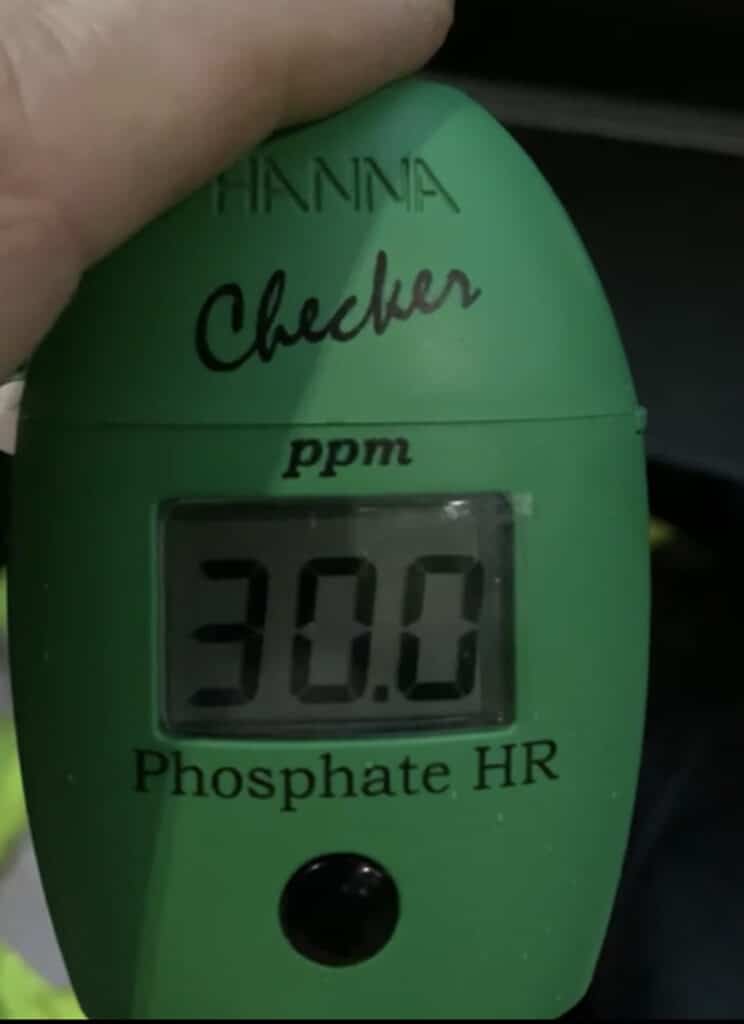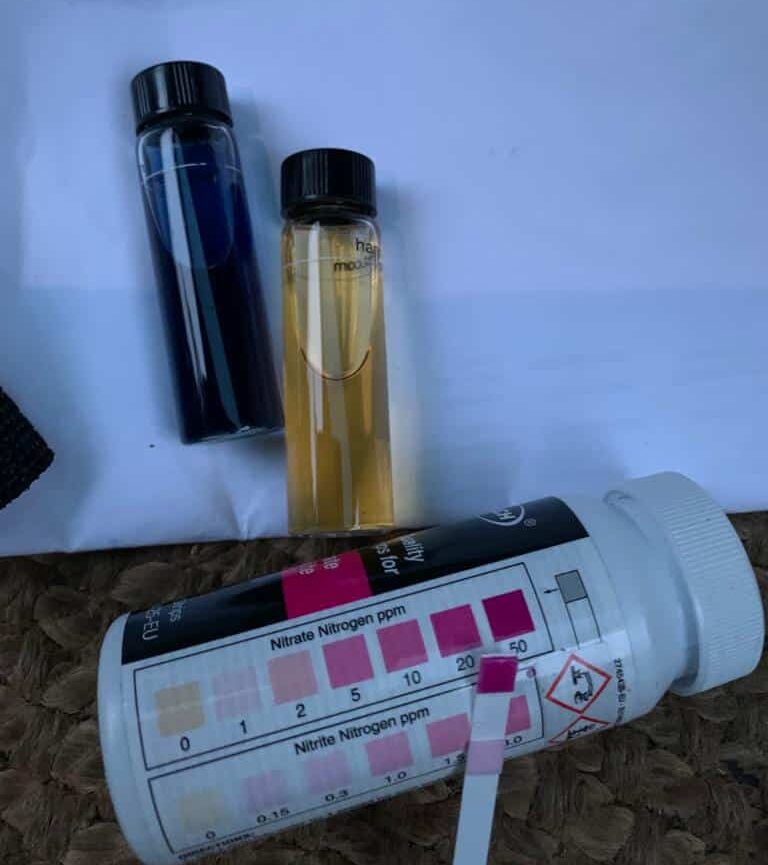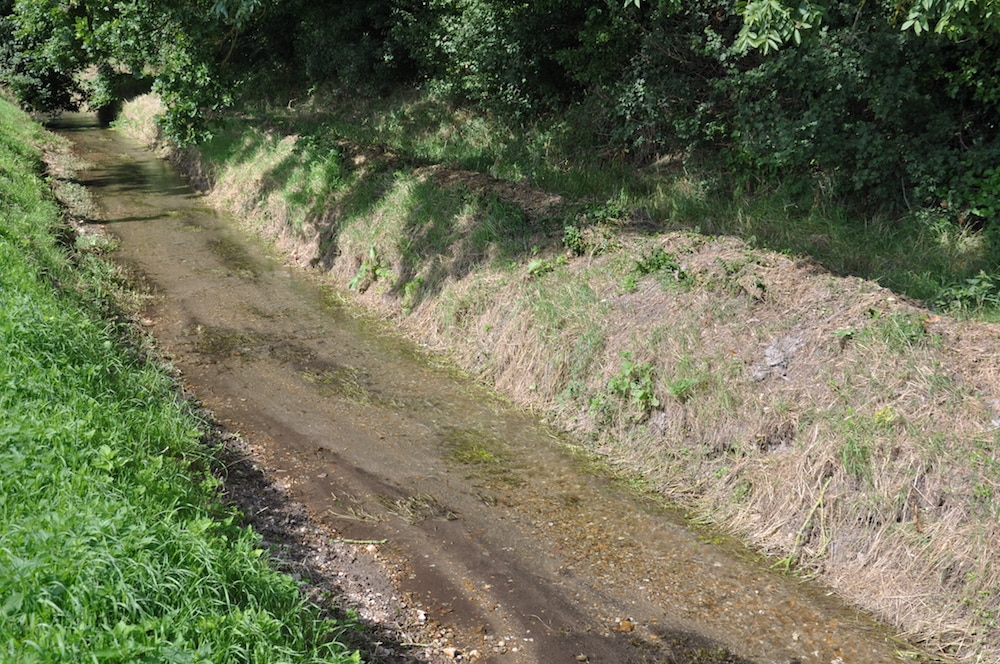Spot checks reveal phosphate levels below Grimston STW almost double permitted levels
As new data suggests the Environment Agency has failed to monitor water firms in England, spot checks by Gaywood River Revival can reveal that phosphate levels below the Grimston Sewage Treatment Works (STW) are almost double permitted levels.
On Tuesday evening during a period of moderate rainfall (18mm), our testing team recorded phosphate levels of 9.78mg/l for treated water exiting the Anglian Water STW into the Gaywood River above Sites of Special Scientific Interest (SSSIs) at Sugar Fen, Derby Fen and Leziate Fen.
With the permitted level for phosphates in discharged treated water from the Anglian Water site being a maximum of 5mg/l, the levels were shocking to our water testers who knew they were about to receive bad news when testing vials turned a dark moody blue.

Our water testing team also recorded ammonia and nitrate levels of 3.68mg/l and 50ppm respectively and notes that these chemical levels will be overloading the water with nutrients downstream as it meanders towards the SSSis, thereby disrupting the ecosystem of this rare chalk stream.
Levels of rainfall were not exceptional in Grimston on Tuesday evening when spot checks took place outside the Anglian Water facility in Norfolk, so the results are both surprising and disappointing.
However, they do seem to tally up with a story in the Guardian, where the journalist Sandra Laville reveals that 36% of audits on water firms since 2010 are missing. This suggests that many companies, such as Anglian Water, who self-monitor may not be accurately recording how their treatment works are functioning.
Significantly, the report in the Guardian has used FoI data to confirm that 42 audits out of 117 are missing from annual inspections of the nine water and sewerage companies since 2010.
As an independent testing group Gaywood River Revival is keen to ensure all water companies abide by their permits and has passed on its results to the Environment Agency (incident ref: 2187190).
Gaywood River Revival has been documenting the health of the Gaywood River since Autumn 2021 and now conducts regular spot checks of this chalk stream during both dry periods and periods of rainfall at specific points along the river.
As we look to preserve the Gaywood river eosystem for future generations, we are also working hard to change attitudes towards abstraction and dredging, two of the other major issues this rare chalk stream currently faces.
Read about calls to stop chalk stream dredging near Grimston in this report from the BBC.
Spot checks reveal phosphate levels below Grimston STW almost double permitted levels Read More »


